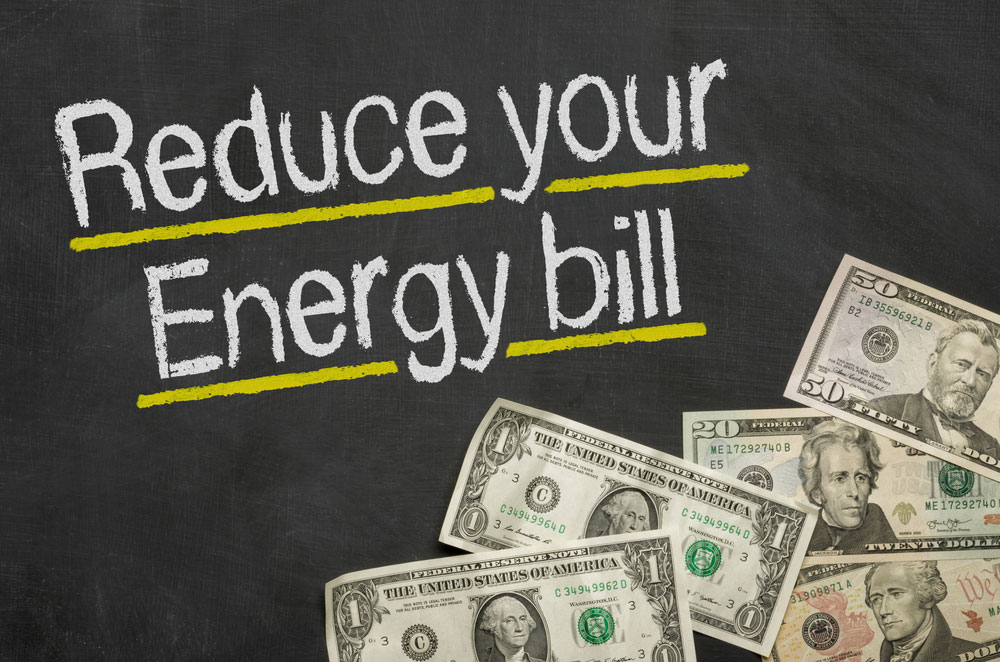Dutch Experiment: Lower Electricity Bills During Solar Power Surges

Table of Contents
How the Dutch Solar Power Experiment Works
This Dutch solar power experiment utilizes dynamic pricing, meaning electricity prices fluctuate based on the amount of solar energy being generated. When solar energy production is high – typically during sunny midday hours – electricity prices drop significantly. This incentivizes consumers to use more energy at that time, maximizing the utilization of readily available renewable energy.
Smart Meters and Data Transmission
The backbone of this system is a network of smart meters. These advanced meters monitor energy usage in real-time and transmit this data to the energy provider. This constant flow of information is crucial for the dynamic pricing mechanism to function effectively.
- Real-time data collection: Provides an accurate picture of energy consumption patterns at any given moment.
- Accurate billing: Eliminates the need for estimated billing, ensuring fair and transparent pricing.
- Improved grid management: Enables better prediction and management of energy demand, improving grid stability and efficiency.
Incentivizing Energy Consumption Shifts
Lower prices during solar peaks encourage consumers to shift energy-intensive tasks to times of high solar generation. This "demand-side management" is key to optimizing renewable energy integration.
- Time-of-use pricing: Consumers are incentivized to use more electricity when it's cheapest, coinciding with high solar output.
- Consumer app integration: Many participating energy providers offer mobile apps that allow consumers to monitor energy usage and schedule appliances to run during periods of low prices.
- Potential for energy storage solutions: The experiment also paves the way for increased adoption of home energy storage systems, allowing consumers to store excess solar energy for use later in the day.
Benefits of the Dutch Solar Power Experiment
The Dutch solar power experiment offers a multitude of benefits, impacting both individual consumers and the national energy grid.
Reduced Electricity Bills
The most immediate benefit is the reduction in electricity bills for participating consumers. By shifting energy consumption to periods of high solar production, households can significantly lower their energy costs.
- Percentage savings estimates: Early results suggest savings ranging from 10% to 20%, depending on individual consumption patterns.
- Comparison to traditional pricing models: Dynamic pricing offers considerable cost savings compared to traditional flat-rate pricing models.
- Potential long-term economic benefits: Reduced energy costs can stimulate economic growth and improve the overall financial well-being of households.
Increased Renewable Energy Integration
The experiment plays a crucial role in integrating renewable solar energy into the national grid. By managing demand, it ensures that surplus solar energy is utilized effectively, reducing reliance on fossil fuels.
- Reduced reliance on fossil fuels: Lowering demand on fossil fuel power plants contributes to cleaner energy production.
- Decreased carbon emissions: Reduced reliance on fossil fuels translates directly to a decrease in greenhouse gas emissions.
- Contribution to climate goals: The experiment contributes significantly to the Netherlands' national and international climate change commitments.
Improved Grid Stability
Managing demand during solar peaks contributes to a more stable and reliable electricity grid. This is particularly important as the reliance on intermittent renewable energy sources increases.
- Reduced strain on the grid during peak demand: By shifting demand to times of high solar output, the strain on the grid is reduced, leading to greater efficiency.
- Prevention of blackouts: A stable grid is less prone to blackouts and power outages.
- Optimized energy distribution: Improved grid management leads to more efficient and reliable energy distribution.
Challenges and Future Outlook of the Dutch Solar Power Experiment
Despite its considerable promise, the Dutch solar power experiment faces some challenges.
Technological Barriers
The success of the experiment hinges on robust technological infrastructure.
- Cost of smart meter installation: The initial investment in installing smart meters can be substantial.
- Data security concerns: Protecting the privacy and security of consumer energy data is paramount.
- Ensuring reliable data transmission: A reliable and efficient data transmission system is essential for the dynamic pricing mechanism to function flawlessly.
Consumer Adoption and Behavior
Consumer understanding and participation are vital for the experiment's success.
- Public awareness campaigns: Educating the public about the benefits and mechanics of dynamic pricing is crucial.
- Consumer incentives: Providing incentives for early adoption can encourage wider participation.
- Addressing potential concerns about price volatility: Some consumers may be hesitant about the fluctuating nature of dynamic pricing. Open communication and transparency are needed to address these concerns.
Scalability and Replication
The potential for expanding this model to other countries and regions is significant.
- Adapting the model to different energy contexts: The specific design of the system may need to be adapted to accommodate different energy mixes and grid structures in other countries.
- Potential for international collaboration: Sharing knowledge and best practices can accelerate the adoption of dynamic pricing models worldwide.
Conclusion
The Dutch experiment focusing on lowering electricity bills through dynamic pricing during solar power surges presents a compelling model for integrating renewable energy sources and reducing energy costs for consumers. By utilizing smart meters and time-of-use pricing, this initiative offers significant potential for cost savings, increased renewable energy integration, and enhanced grid stability. While challenges exist in terms of technological infrastructure and consumer adoption, the potential benefits of this Dutch solar power experiment make it a vital model for sustainable energy development. Learn more about how you can benefit from similar innovative approaches to reduce your electricity bills by researching Dutch solar power experiments and exploring lower electricity bill solutions in your area.

Featured Posts
-
 Is This Thing On Bradley Cooper And Will Arnett Spotted Filming In Nyc
May 04, 2025
Is This Thing On Bradley Cooper And Will Arnett Spotted Filming In Nyc
May 04, 2025 -
 Ufc 314 Co Main Event Chandler Vs Pimblett Odds And Predictions
May 04, 2025
Ufc 314 Co Main Event Chandler Vs Pimblett Odds And Predictions
May 04, 2025 -
 Ruling Partys Grip On Power Tested In Singapores Upcoming Election
May 04, 2025
Ruling Partys Grip On Power Tested In Singapores Upcoming Election
May 04, 2025 -
 Marina Rodriguez Vs Gillian Robertson Ufc Fight Night Prediction Betting Odds And Best Pick
May 04, 2025
Marina Rodriguez Vs Gillian Robertson Ufc Fight Night Prediction Betting Odds And Best Pick
May 04, 2025 -
 Vanity Fair Oscars After Party Sydney Sweeneys Stunning Pink Gown
May 04, 2025
Vanity Fair Oscars After Party Sydney Sweeneys Stunning Pink Gown
May 04, 2025
